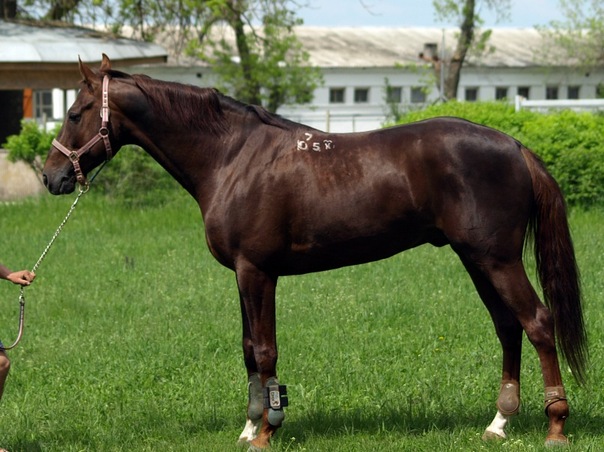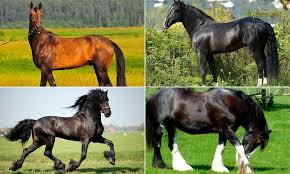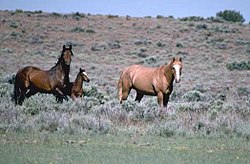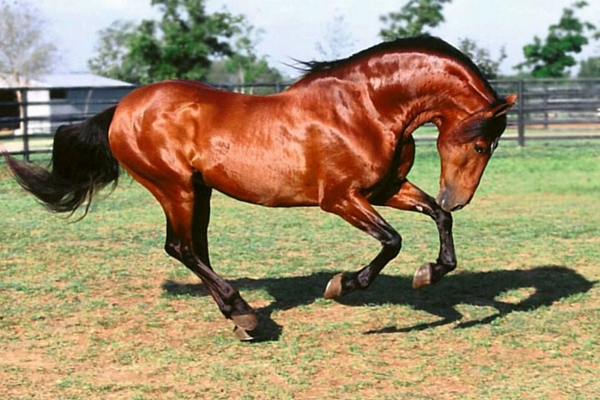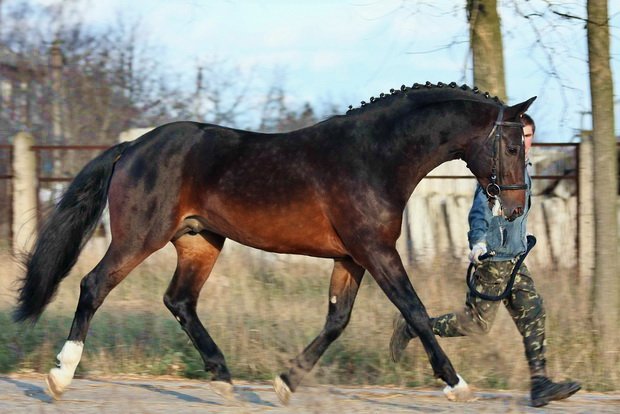pronounced
French sel
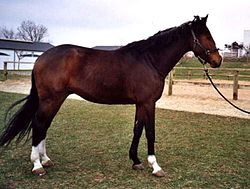 Creation and Development
Creation and Development
The history of the modern French seldom breed began in the 19th century in horse breeding areas of Normandy, where local and often rude Norman mares happened to have thoroughbred horse stallions imported from England, as well as English half-blood stallions and stallions of some of the most important Norfolk horse breeding lines. At that time, English half-blood stallions actually had obvious features and character of the Norfolk riding breed.
With their usual insight, the Norman horse breeders began to breed various types of horses that meet the requirements of the moment. They created two crosses. The first, Anglo-Norman, is divided into two main types – a draft cow and a riding horse; the second type was a frisky draft horse, which was bred specifically in order to satisfy the great demand for horses suitable for racing. Over time, the type of draft horse separated from the main breed and became a French trotter. Continue reading
Oldenburg horse: characteristics, history and characteristics of the breed
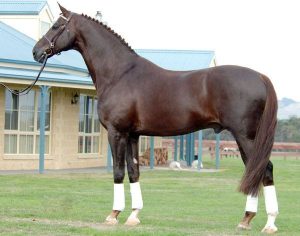 Oldenburg breed of horses
Oldenburg breed of horses
The breed was brought to the river in Oldenburg in the eighteenth century and has since been greatly improved; today it is representatives who take part in all European festivities and ceremonies. These horses have a distinctive beauty of soft, gentle nature, and they cope with almost any job in the farm.
Oldenburg horse: characteristics, history and features of the breed Oldenburg horse: characteristics, history and features of the breed
Stallion of Oldenburg breed of white suit Continue reading
Lippitsian horse
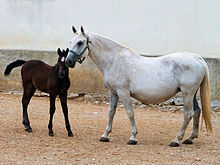 Lipitsian (Lipitsan, Lipisan) – a breed of horse-harnessed horses. Growth about 147-157 centimeters, have a light gray color. They have high ability to learn complex tricks with a massive body.
Lipitsian (Lipitsan, Lipisan) – a breed of horse-harnessed horses. Growth about 147-157 centimeters, have a light gray color. They have high ability to learn complex tricks with a massive body.
The breed was bred in the 16-17 centuries. in the village of Lipitsa, which is why it was named. The breed is associated with the old Viennese Spanish riding school.
Characteristics
At the withers, most of them are 147-157 centimeters , although those horses that are brought closer to the harness reach 165 centimeters . Continue reading
